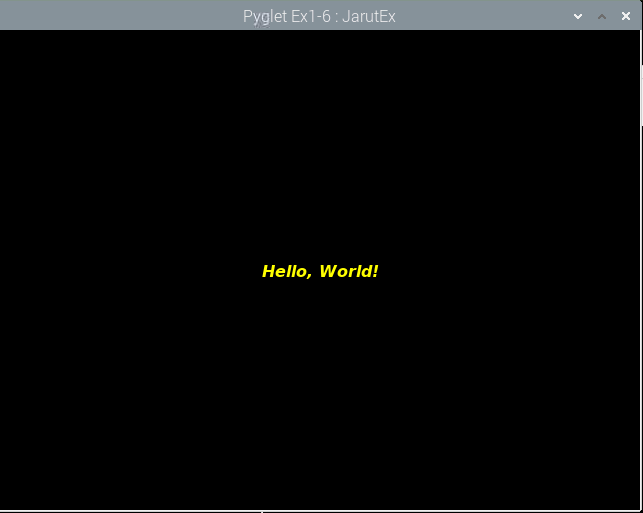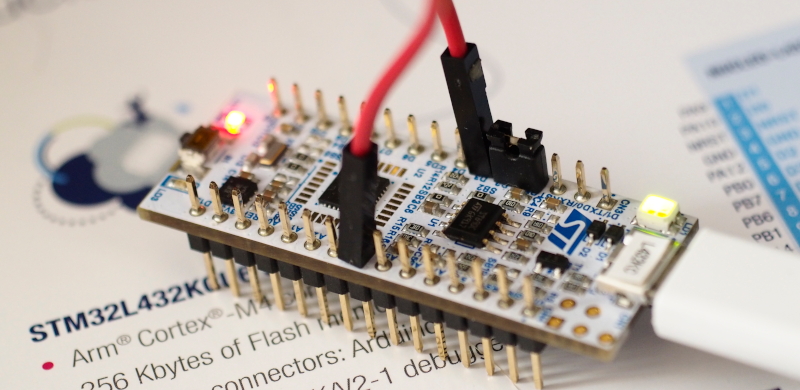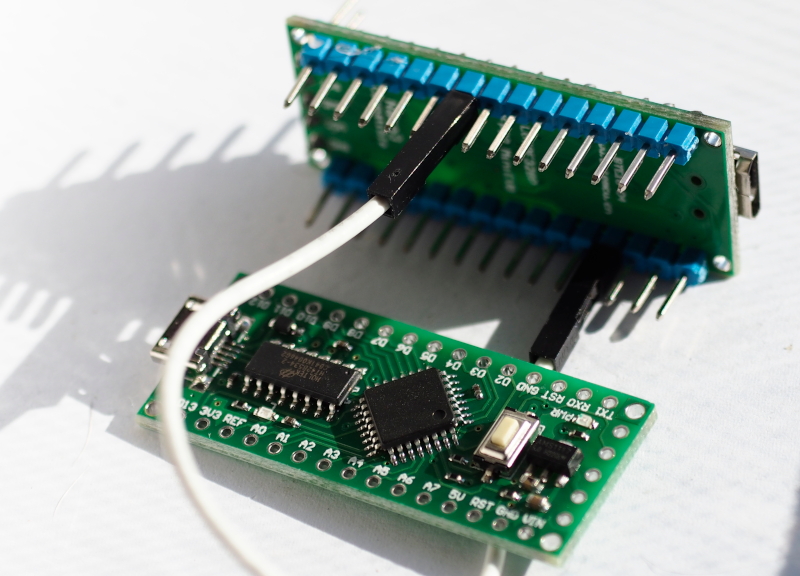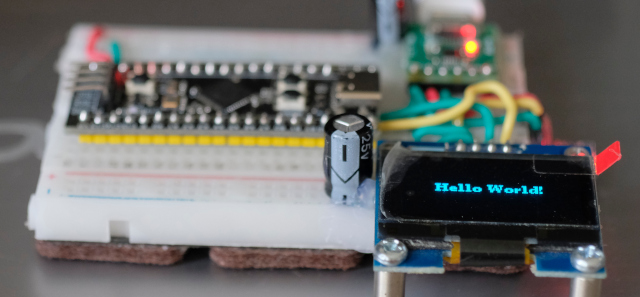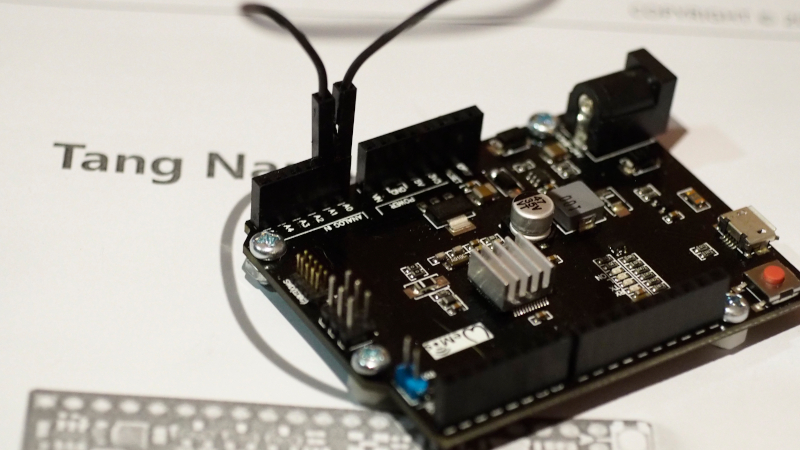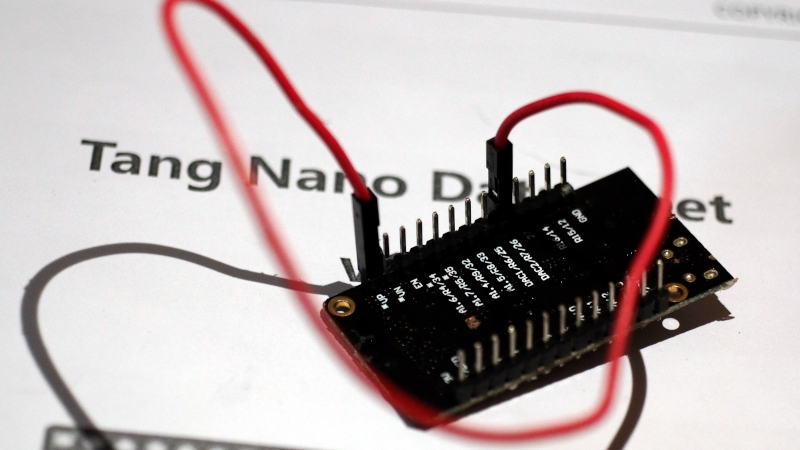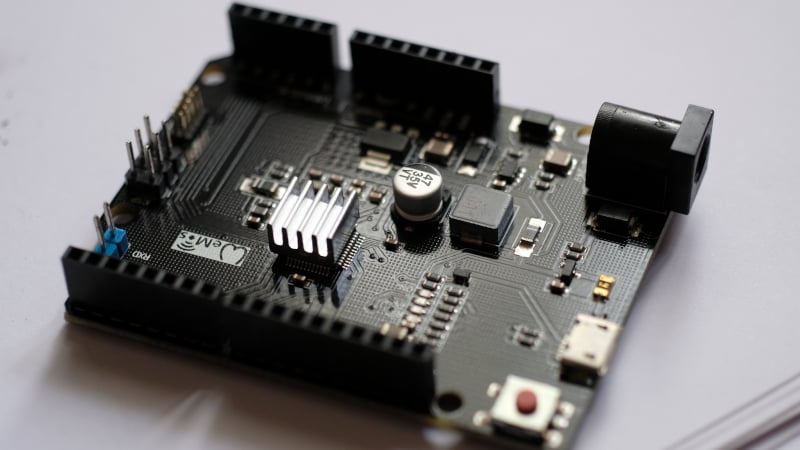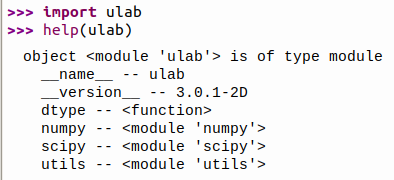[EN] Python multi-threaded programming
This article discusses Python multi-threaded programming. Compiled from the website tutorialspoint.com (Make this article a memo). Running multiple threads is like running several different programs at the same time, but it’s useful:
- Each thread can share the memory with the main thread and can communicate with each other.
- Threads are smaller processes because they consume less memory than process calls.


